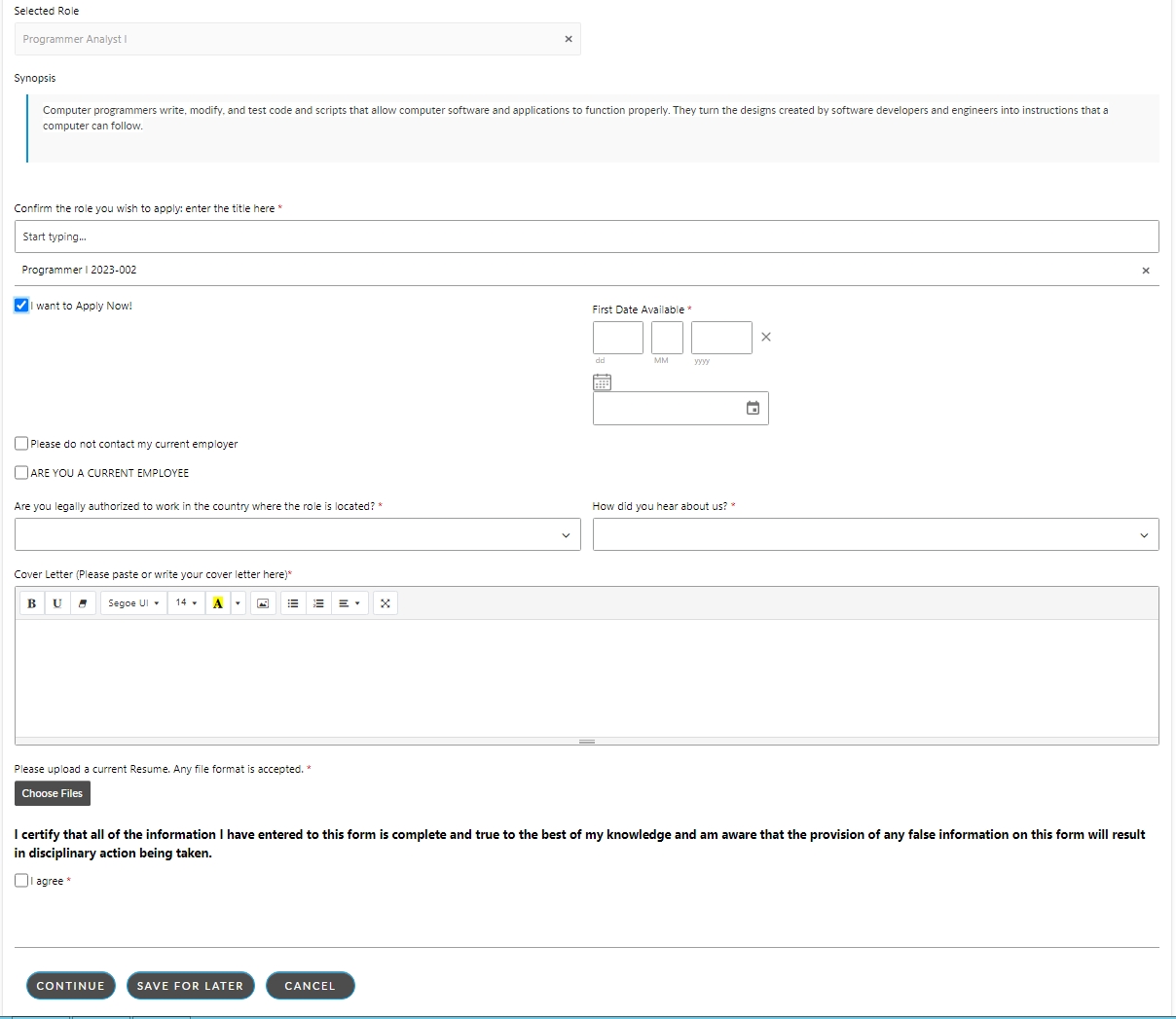Example Configuration
Below is a sample configuration for Workforce and Talent Management
To implement Workforce and Talent management, you will need to plan out your program. It is perhaps best to start with a checklist and then compare that against what you already have In ASM. Below is the configuration that was placed in the product for ITIL V4 compliance. It may not all work for your organization and that is OK! Pull from it what is useful.


Was this helpful?
